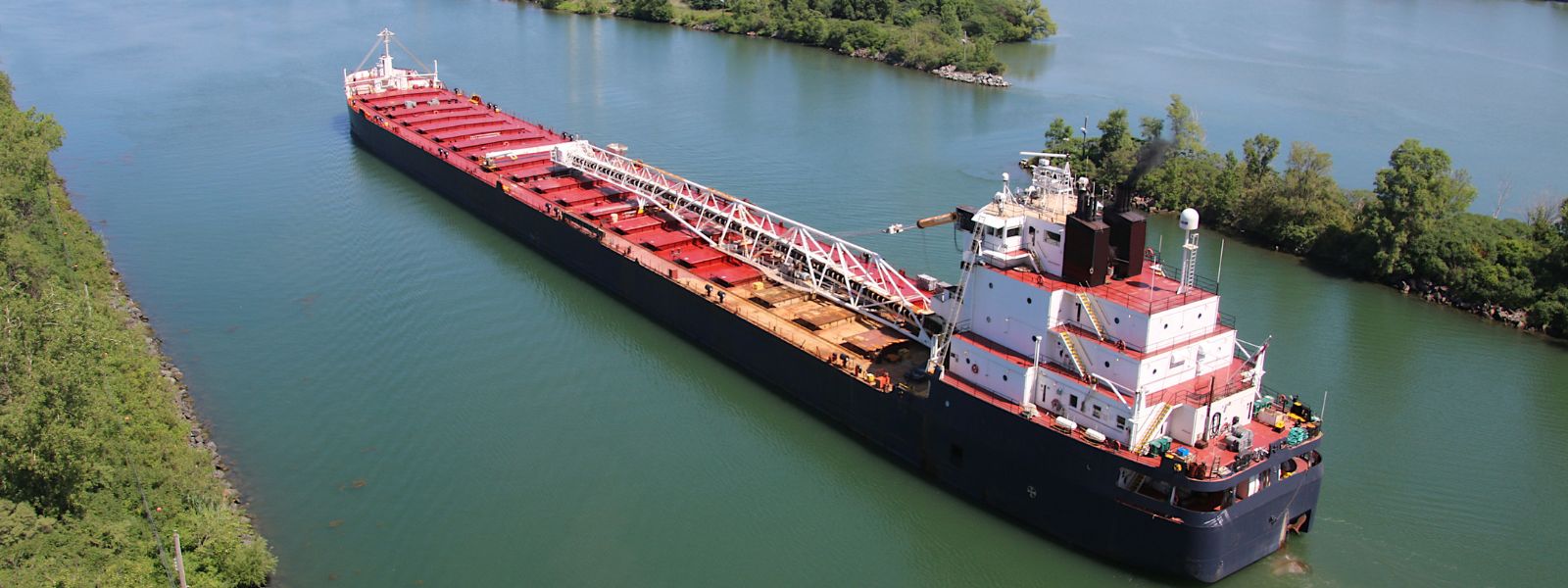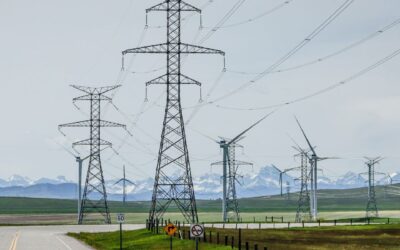This article was previously published in the National Newswatch.
With the longest coastline in the world, an exclusive economic zone of nearly six million km², and the Great Lakes–St. Lawrence system linking the Atlantic Ocean to North America’s industrial heartland, Canada’s prosperity has always been tied to the sea. It is only natural to build upon that strength.
The Government of Canada’s Projects of National Interest list appropriately highlights the significance of ports and marine infrastructure for Canada’s economy and trade. Key projects include expanding the Port of Montreal, significant offshore wind development in Nova Scotia, and enhancing northern ports for increased shipping through the Northwest Passage.
But this moment is also about more than building port capacity and doubling down on fossil fuel exports. The next round of nation-building announcements, expected imminently, will provide a critical opportunity for the federal government to demonstrate that it understands the increasingly significant link between clean electricity and economic power.
Ports are critical in the supply chain—connecting offshore wind to the grid, linking shipping to industry, and tying together rail and road networks. Modern, electrified ports can maximize generational investments in clean energy by serving as hubs for offshore wind, energy storage, sustainable fuel trade, and electrified transport.
Geopolitical heavyweights already understand this. China and India are moving at breakneck speed to electrify their ports to support cleaner economic growth and trade. If Canada is serious about competing with global players, it must be able to meet the world where it is going. With abundant wind and solar resources, Canada has a natural advantage in the clean energy transition. Not harnessing it risks falling behind—and facing penalties for the goods we export.
The international shipping sector is moving rapidly to impose penalties for dirty shipping, and reward early adopters of zero- or near-zero-emission shipping fuels such as those derived from green hydrogen. The International Maritime Organization (IMO) is targeting steep reductions in the carbon intensity of international shipping, with a goal of being net-zero by 2050. Measures including cleaner standards and a global emissions pricing mechanism are being finalized and are expected to be in force in just two years. The Global Maritime Forum estimates the demand for hydrogen-derived shipping fuel, such as e-methanol and e-ammonia, will be over 500 million tonnes by 2040 due to these regulations, creating a trillion-dollar market opportunity and hundreds of thousands of green jobs.
Canadian ports and shipping companies need help with supply and access to zero-emission fuels and renewable energy. Without it, Canada’s world class ports of today, Port of Vancouver, Port of Montreal, and Port of Halifax risk being a destination for the world’s most polluting ships.
The government has an opportunity to leverage its historic investments in nation-building projects and port infrastructure to unlock market opportunities for Canadian hydrogen producers and renewable energy developers. To remain competitive with the EU and China, Canada must grow trade without also growing emissions.
Canadians are counting on the federal government to balance economic development with climate action. By embedding clean fuels, electrification, and marine clean tech into today’s port investments, Canada can lead as a strong G7 economy, a responsible ocean nation, and a partner in building a climate-competitive future.








